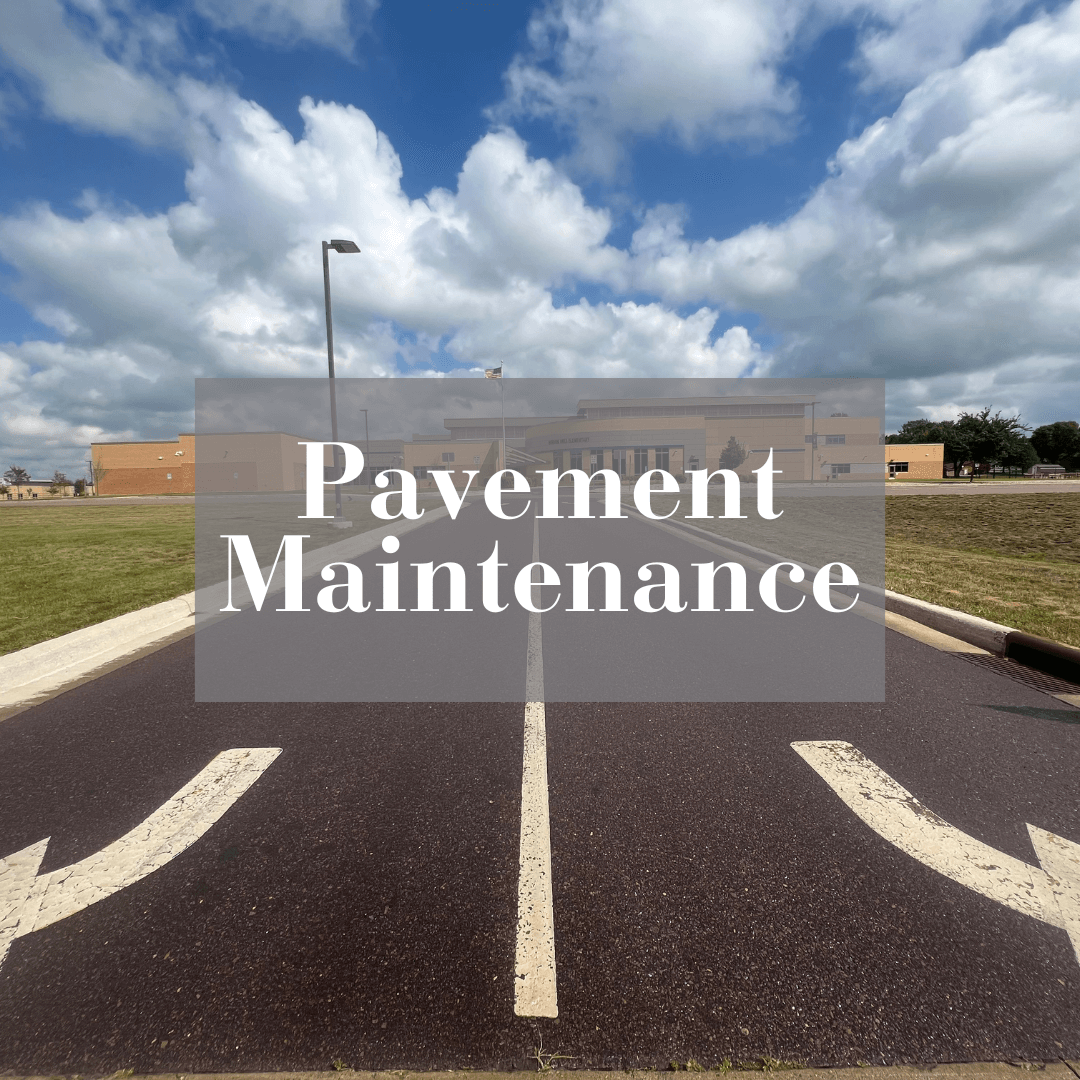Welcome to Bargen Incorporated
1-800-434-2924
1-800-434-2924
Which Division Would You Like to Explore?
We provide specialized asphalt maintenance solutions to extend the life of your pavement and protect your investment.
Offering custom home design and construction services, we bring your vision to life with precision and quality craftsmanship.
Comprehensive commercial roofing solutions, including repair, restoration, and new installations for long-term durability.
Ready to Work with the Experts?
At Bargen Incorporated, we’re here to provide you with specialized solutions for all your pavement, design, and roofing needs. Whether you’re looking to maintain your infrastructure or start a new project, we have the experience and expertise to make it happen.
Copyright Bargen Incorporated



